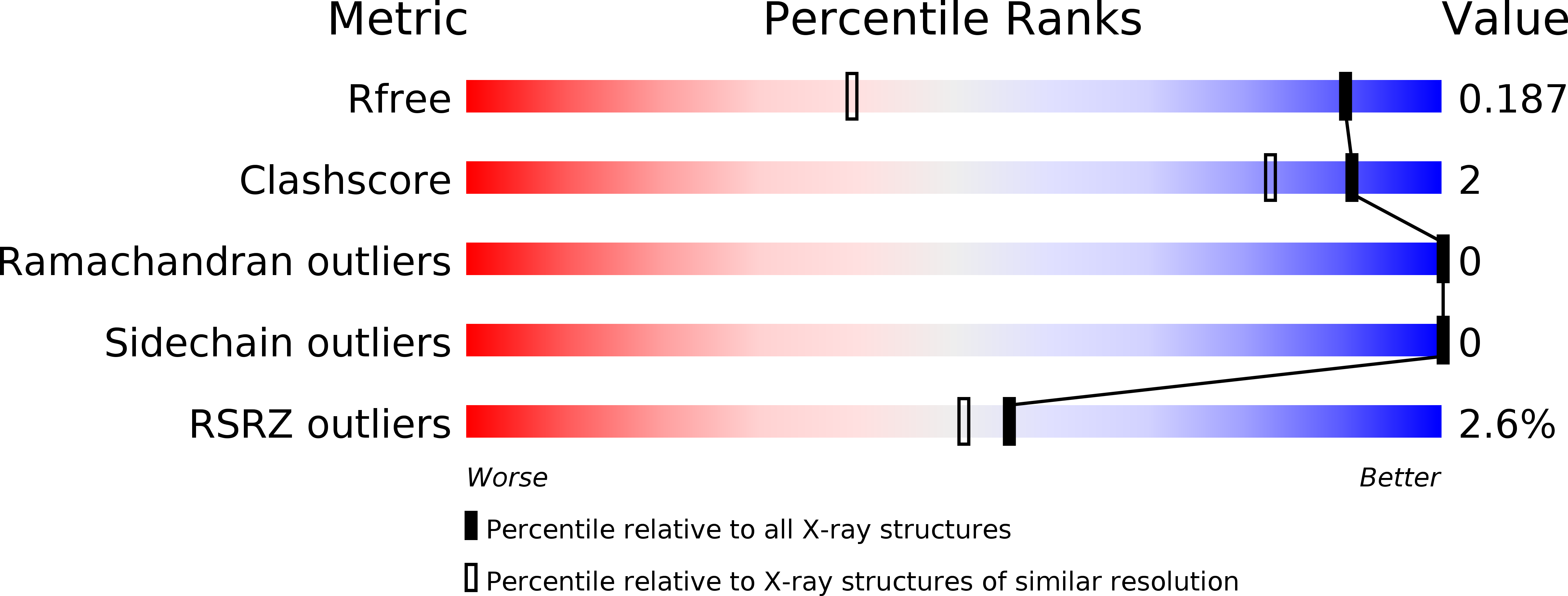
Deposition Date
2015-12-28
Release Date
2016-05-11
Last Version Date
2024-11-06
Entry Detail
PDB ID:
5H9N
Keywords:
Title:
Crystal structure of LTBP1 Y114A mutant in complex with leukotriene C4
Biological Source:
Source Organism:
Rhodnius prolixus (Taxon ID: 13249)
Host Organism:
Method Details:
Experimental Method:
Resolution:
1.28 Å
R-Value Free:
0.18
R-Value Work:
0.16
R-Value Observed:
0.16
Space Group:
P 1 21 1


